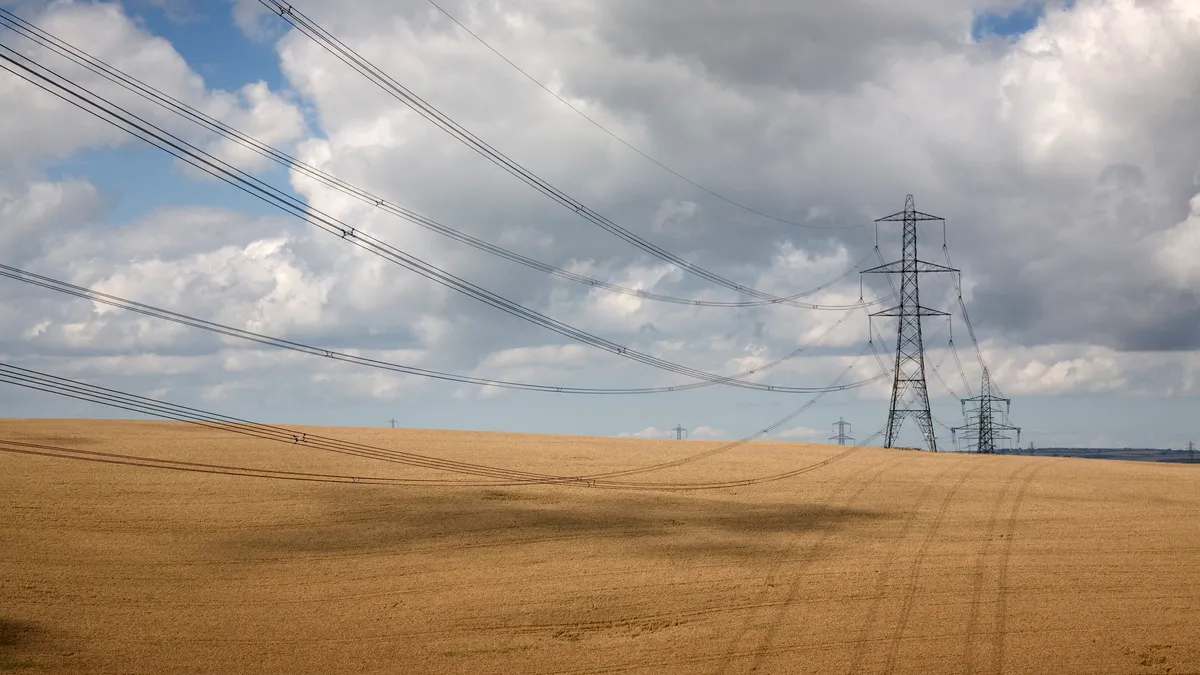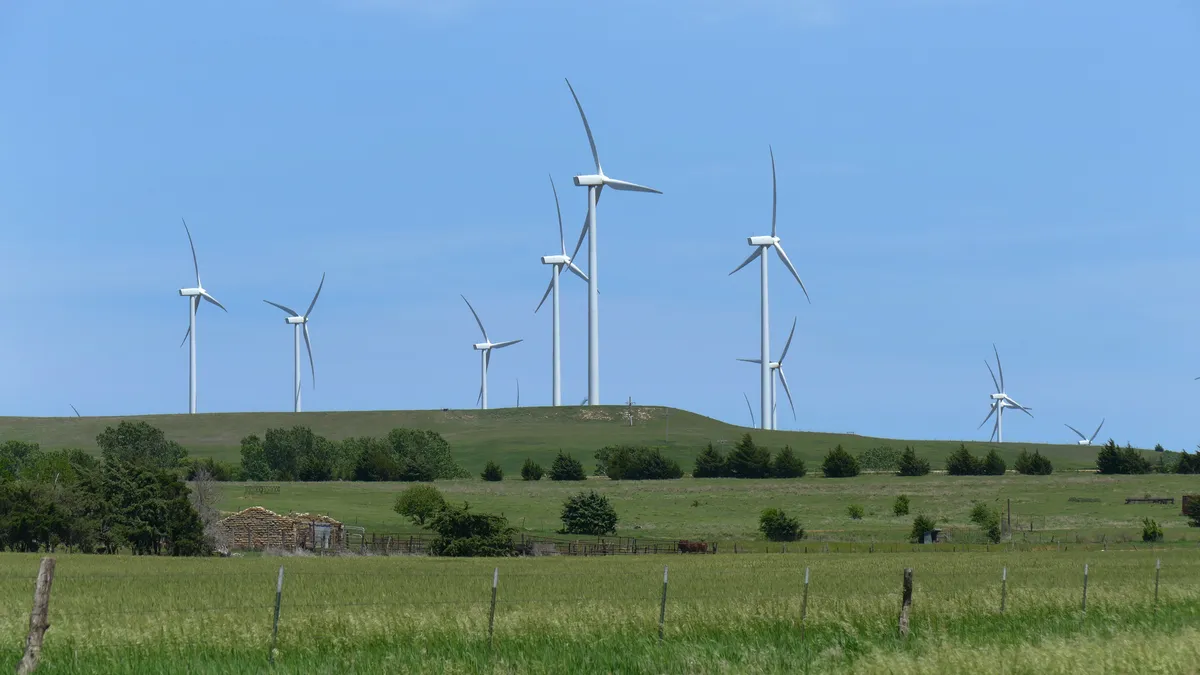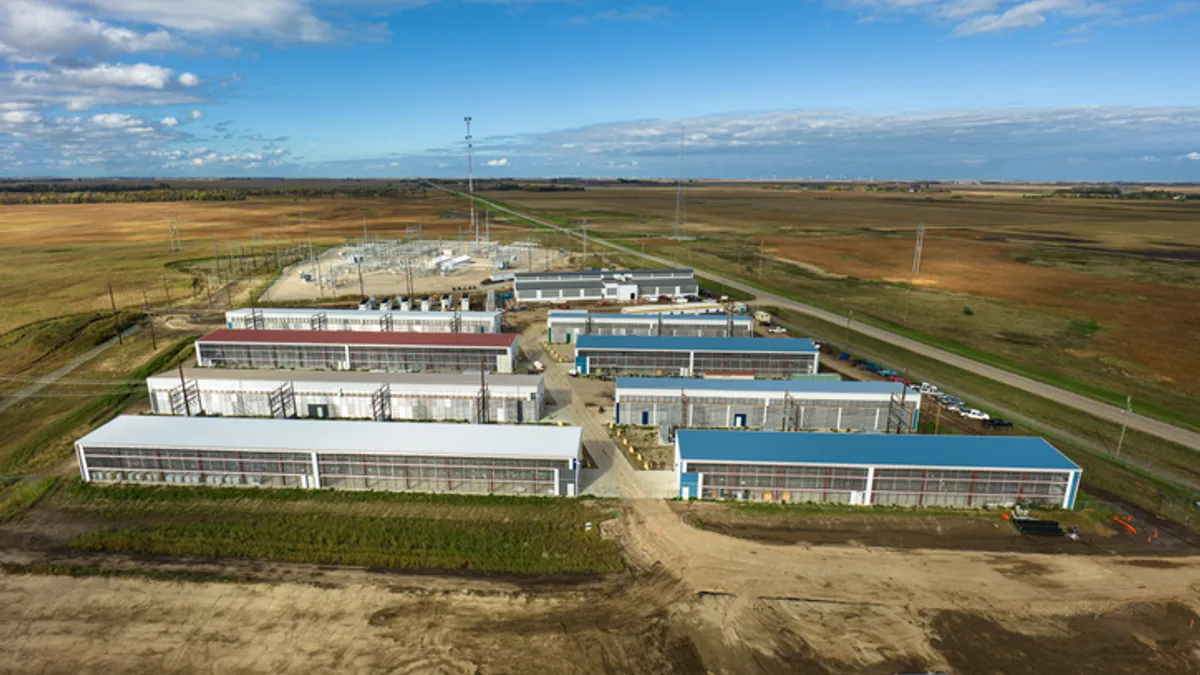Kelly Speakes-Backman is executive vice president, public affairs, at Invenergy.
It was encouraging to read last month that, for the first time in its history, the North American Electric Reliability Corp. included “energy policy” as a critical risk in its ERO Reliability Risk Priorities Report. Notably, the next risk profile listed in the report is “grid transformation,” and it is clear the two priorities go hand in hand. In order to transform the grid to meet the reliability and resilience needs of consumers, we must have meaningful interregional transmission policy in this country.
Acting Federal Energy Regulatory Commission Chairman Willie Phillips recently reassured Congressional leadership that the agency is moving expeditiously to implement rules to interconnect generation assets and advance rules to streamline planning and permitting for new transmission lines. Like NERC and FERC, grid operators too must recognize that transmission, not just generation, is critical amid rising reliability challenges and the two fundamental transformations of our electric system currently underway.
The first transformation is our ability to harness vast amounts of energy from the wind and sun. This includes untapped opportunities to capture domestic energy locally at a smaller scale on rooftops and vacant neighborhood lots, as well as at a massive scale like on America’s windy and sunny Great Plains. Increasingly, advanced energy storage systems paired with renewable energy systems or as standalone grid assets allow electricity to be stored whenever, wherever it’s needed. The Inflation Reduction Act was a major policy leap forward, positioning the United States to take full advantage of this historic opportunity to deploy low-cost wind, solar and energy storage systems. FERC also recently took a step in the right direction in issuing Order 2023, intending to make it easier to connect renewable projects to the grid, including those paired with batteries.
The second major transformation is our ability to move energy over long distances, thanks to cutting edge transmission technology. Yet energy policy has yet to catch up with the necessity for a more robust electric grid.
According to NERC, generator outages during extreme weather are now the biggest risk to the electric grid and are increasing in frequency and severity. Yet American energy policies — including government policies and market rules put in place by regional grid operators — still stand in the way of efficiently moving electricity to where it is most needed, as cost-effectively and as reliably as possible.
Extreme weather is a concentrated risk to intraregional generation and grid reliability and resilience. No matter the mix of generation sources in any given region, most generation sources are vulnerable all at once when extreme or unexpected weather or other disruptive events impact resources. The most widely recognized large-scale solution to improving reliability and resilience in the face of region-wide risks is interregional transmission — wires that enable imports and exports across long distances in times of need. These wires can prevent supply disruptions and save consumers billions of dollars in increased energy costs and avoided capacity additions.
FERC created regional transmission organizations and independent system operators in part to encourage regional planning and coordination across large geographies that would improve reliability and lower energy costs. With the dramatic changes to our generation fuel mix, electricity production in larger quantities further from load centers, and higher penetrations of intermittent renewables, it is obvious that RTOs and ISOs must recognize the urgent need to connect even larger geographical areas to mitigate extreme weather events and generation shortfalls.
Grid operators must follow the lead of FERC and step up their leadership on interregional transmission. The organizations most directly responsible for ensuring reliability and resilience are quick to sound the alarm bells about the reliability impacts of potential generation shortfalls. But when it comes to the widely acknowledged need for interregional transmission to address reliability and resilience challenges, grid operators have fallen woefully short.
FERC Order 1000 provided grid operators with a framework more than a decade ago to advance interregional transmission through traditional planning processes, but it has yet to yield even a single significant project. More recently, more than 35 organizations, including many public interest groups, petitioned FERC to hold a technical conference looking at key issues impacting the most currently proposed interregional transmission projects. The only filers to oppose this discussion of key issues were the six members of the ISO-RTO Council, the nation’s large grid operators.
Grid reliability and resilience and access to the most economical power are the building blocks necessary to support a strong domestic industrial base and decarbonize the electricity sector. These goals have broad-based support from the utility industry, private industry, lawmakers and voters around the country. Technology transformations in both generation and transmission make them achievable. But without solid transmission policy actions based on solid economic principles to spur buildout, we will always be faced with a patchwork approach to shore up the grid, and nearly 80% of the emission reductions spurred by IRA legislation as well individual companies won’t be realized.
We need bold and immediate action from FERC, backed by guiding legislation from Congress, and support from the nation’s grid operators if we’re going to address the widely recognized reliability and resilience risks that ultimately fall on American energy consumers.





















